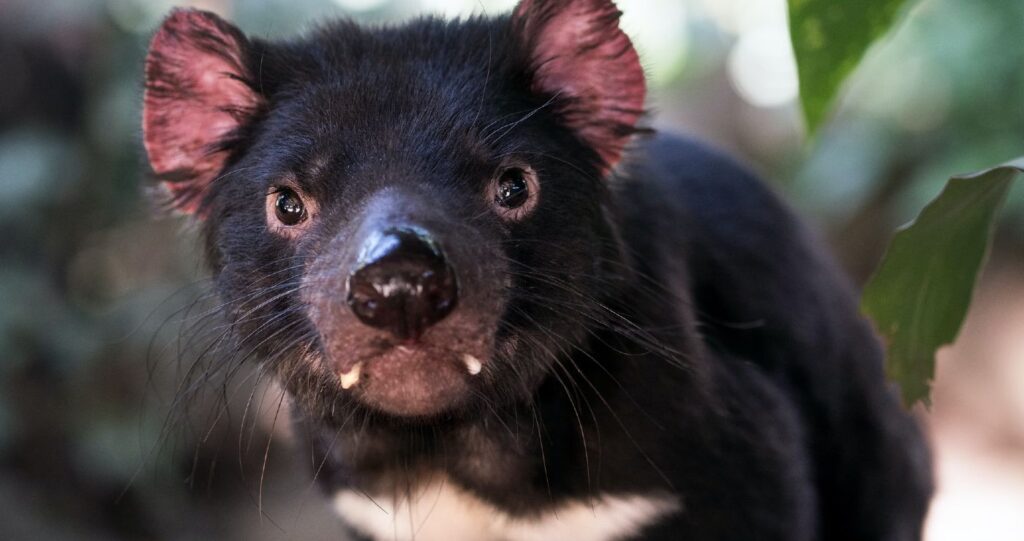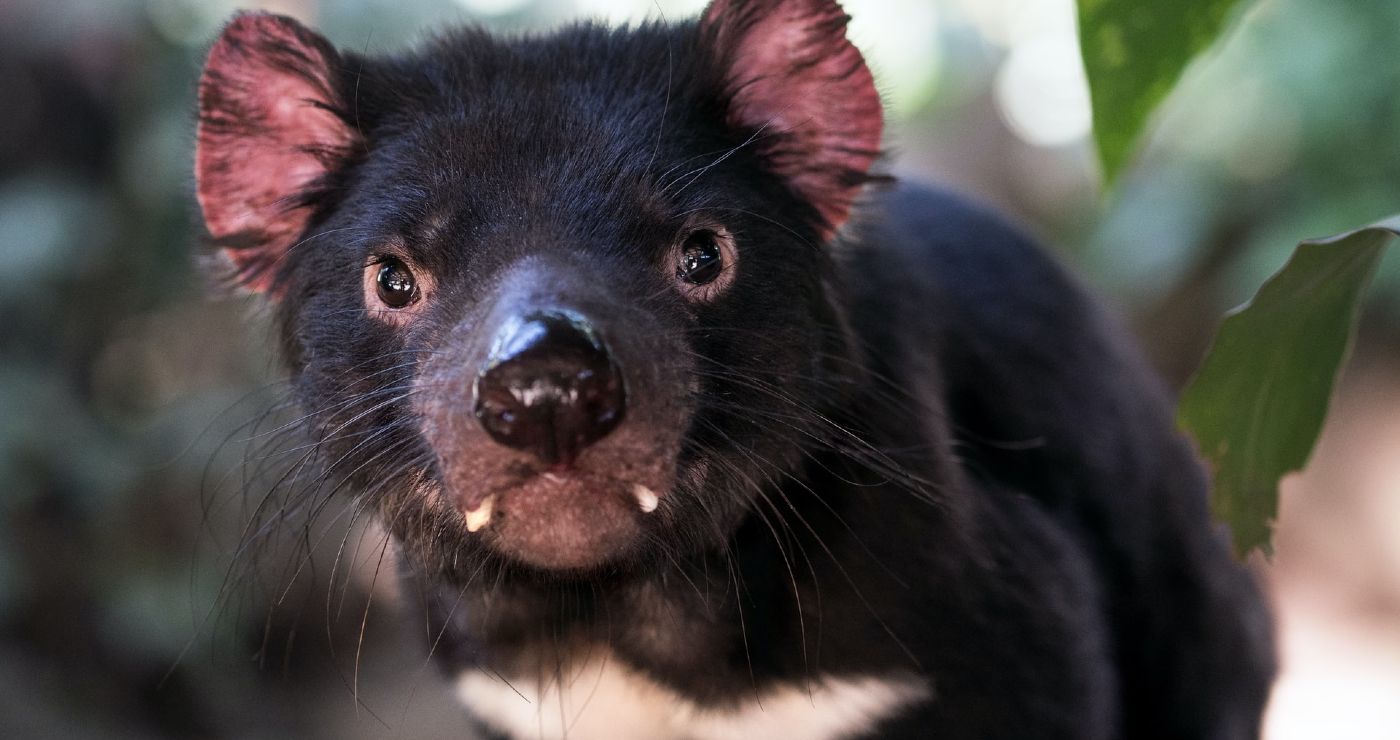The iconic Tasmanian devil has just been returned to mainland Australia for the first time in 3,000 years.

This first historic release is only step one in the mission to rewild Australia and bring balance to the bush, according to nonprofit Aussie Ark and its partners Global Wildlife Conservation and Wild Ark.
In a statement, Aussie Ark explained they are committed to returning Australia’s ecosystems to that of pre-European settlement, free from introduced feral predators–an island oasis.
To date, more than 390 devils have been born and raised at Aussie Ark in a way that fosters natural behavior in the animals, preparing them for release into the wild.
This year, 26 Tasmanian devils were released into a 400-hectare wild sanctuary. In the next two years, Aussie Ark plans two additional releases of 20 devils each. If all goes as planned, the animals will breed and produce joeys, eventually resulting in a self-sustaining wild population.
RELATED: Wild Tasmanian Devils Showing Signs of Success Against Tumor Epidemic
Not only does the reintroduction bode well for the recovery of the Tasmanian devil, but as native apex predators and the world’s largest carnivorous marsupials, they help control feral cats and foxes that threaten other endangered and endemic species.
As scavengers, they help keep their home clean and free of disease.
Their return to the wild therefore establishes the foundation for an ambitious vision to rewild Australia.
Tasmanian devils vanished entirely from mainland Australia in large part because they were outcompeted by introduced dingoes, which hunt in packs.
The devils survived only on the island of Tasmania, where the dingoes never reached.
Across the island state, a transmissible, painful and fatal disease called Devil Facial Tumour Disease (DFTD)—the only known contagious cancer—decimated up to 90 percent of the wild population of Tasmanian devils. Just 25,000 devils are left in the wild of Tasmania today.
The animals Aussie Ark has released will be monitored through regular surveys, radio collars fit with transmitters, and camera traps.
This will give the researchers the opportunity to learn about how the devils are faring, where they are claiming territory, what challenges they are facing, what they are eating, and whether they’re reproducing.
All of this information will help to inform future releases, including in Tasmania and elsewhere on the mainland, to continually refine the process.
MORE: Tasmanian Devils Are Adapting to Fight Debilitating Cancer
If you’d like to donate today for Australia’s wildlife tomorrow, head to Aussie Ark here.
SHARE The Good News From Down Under On Social Media…




















